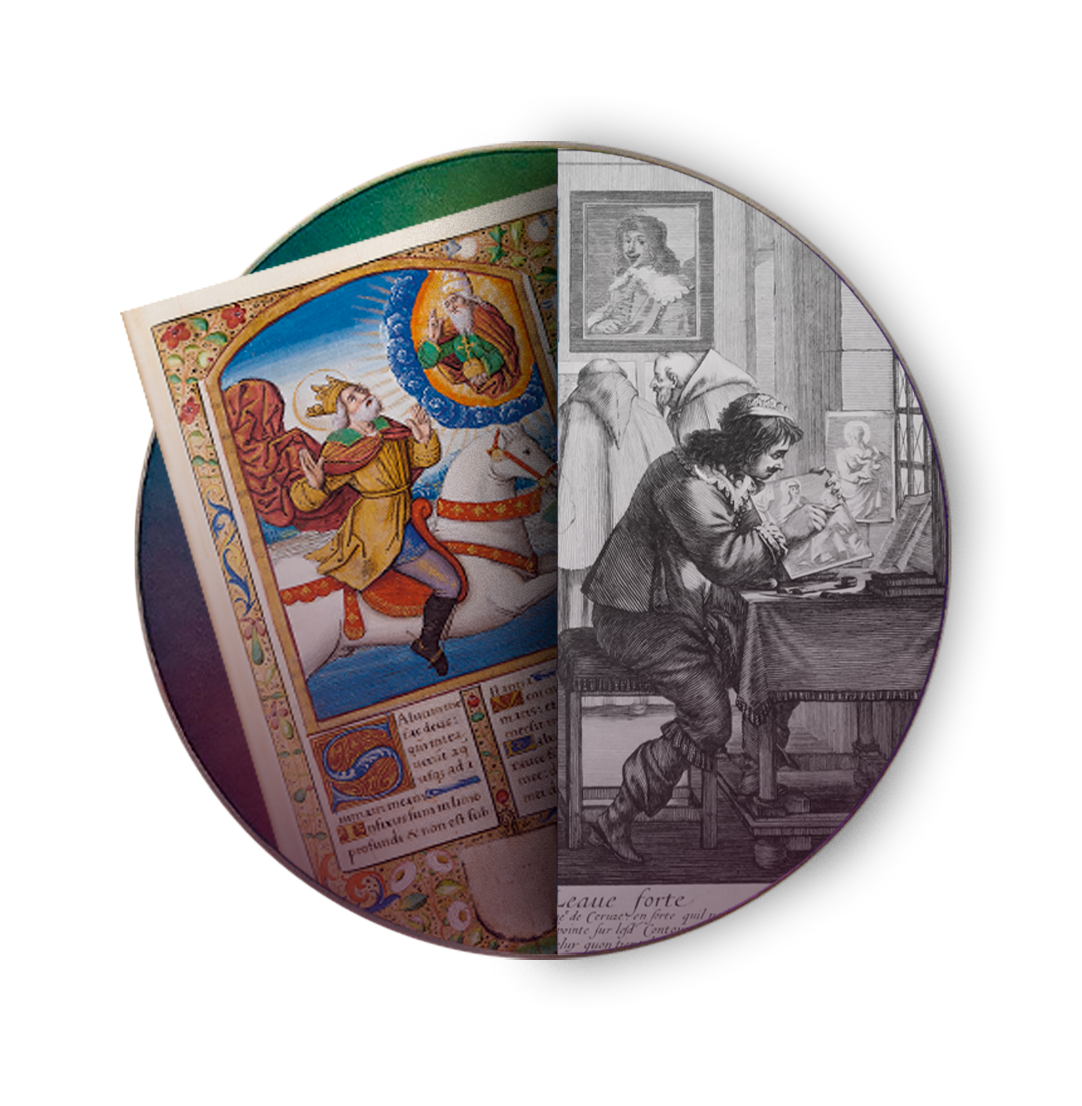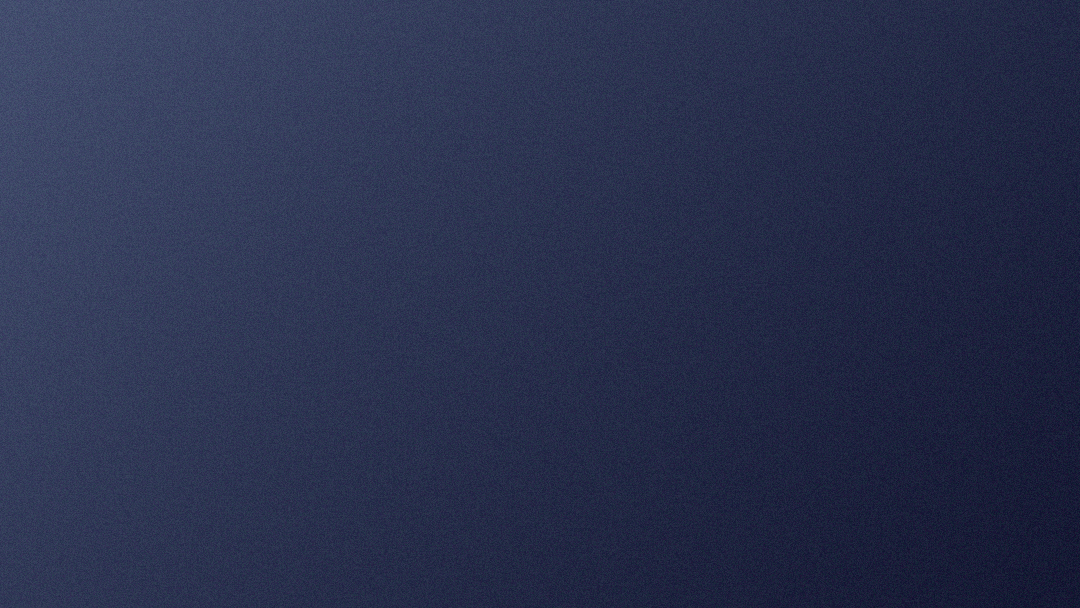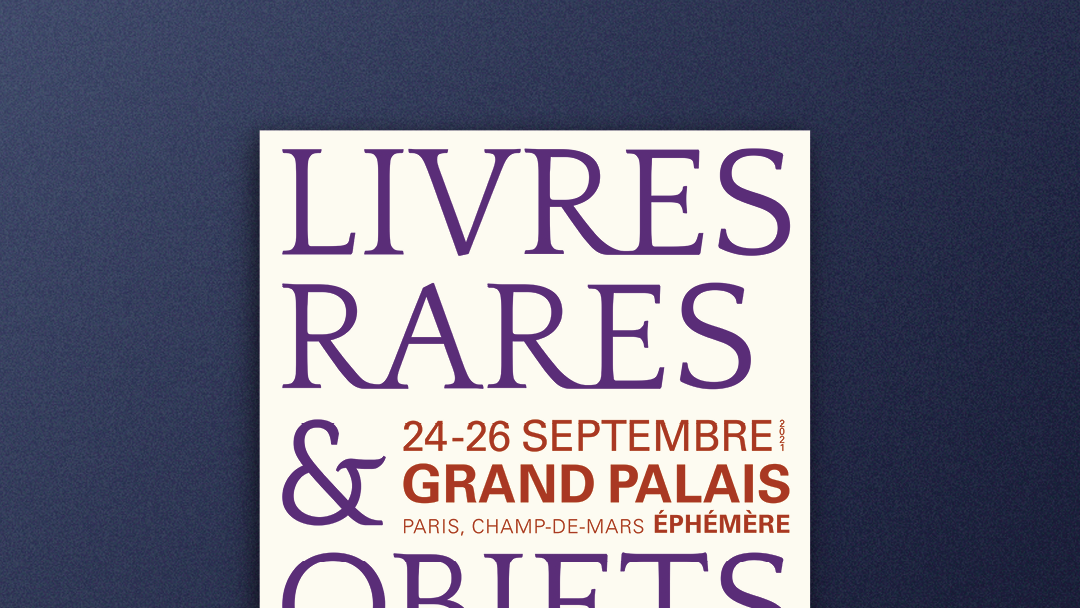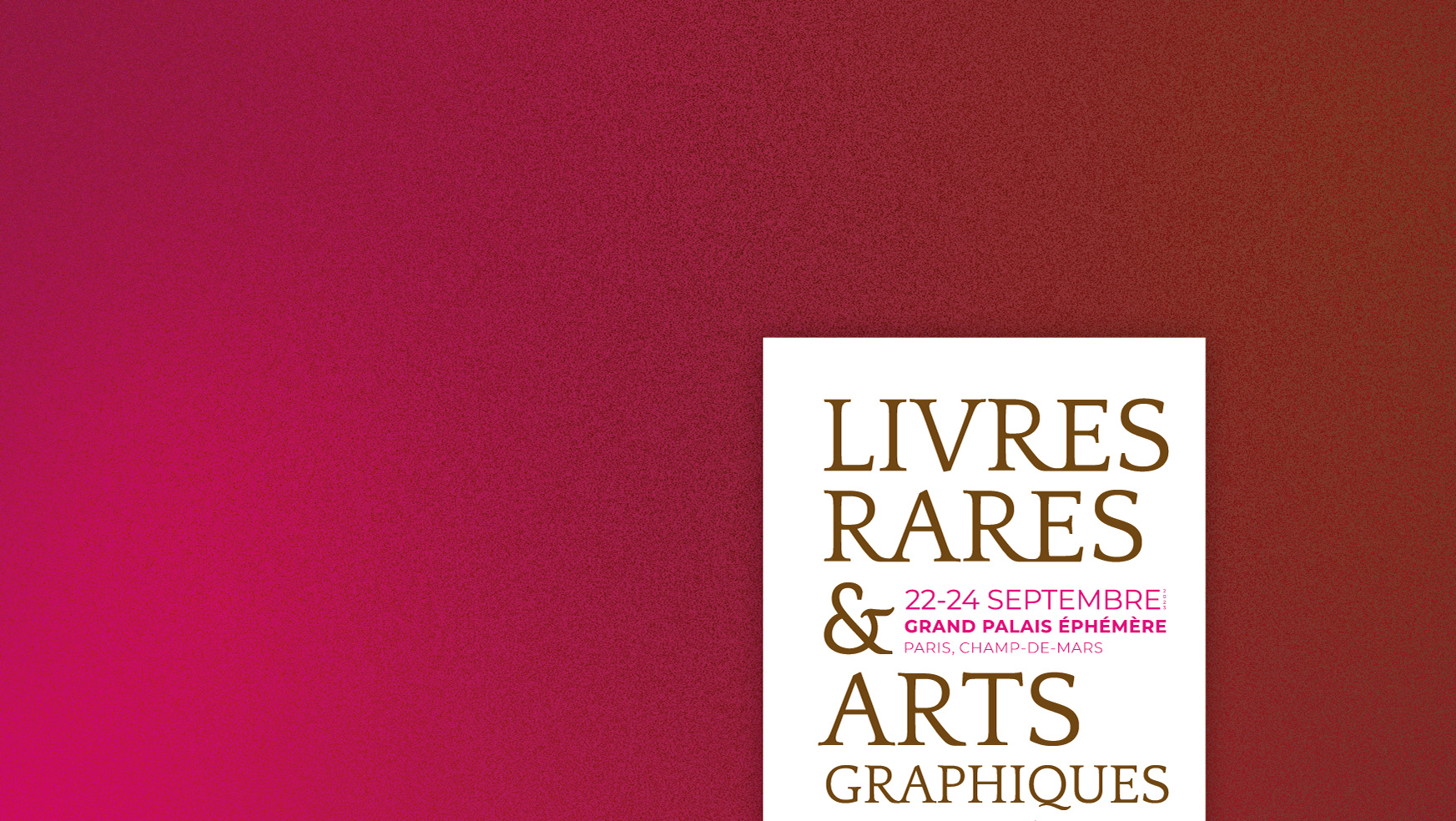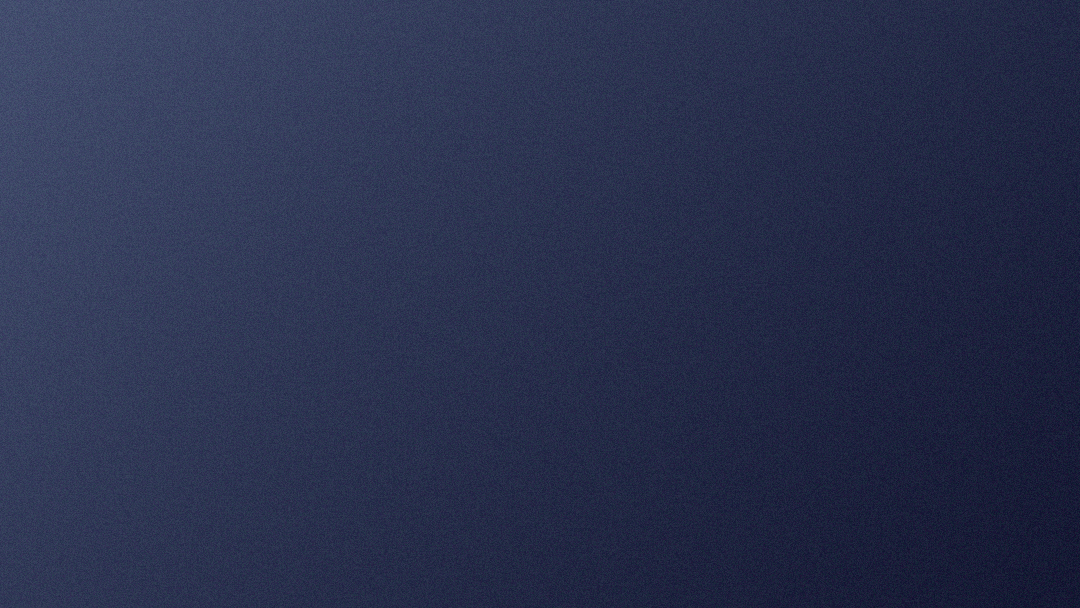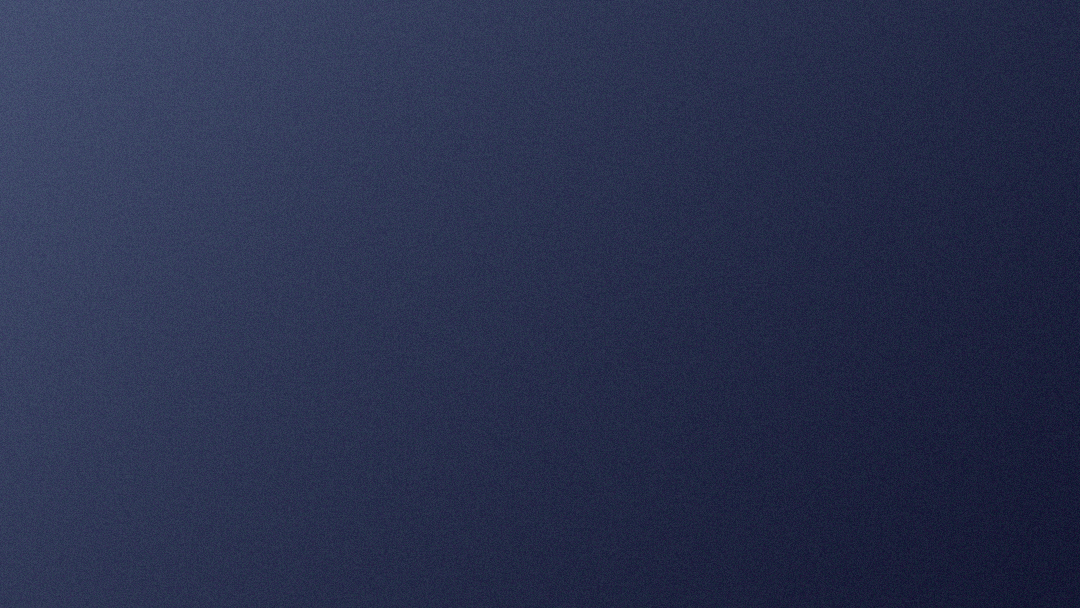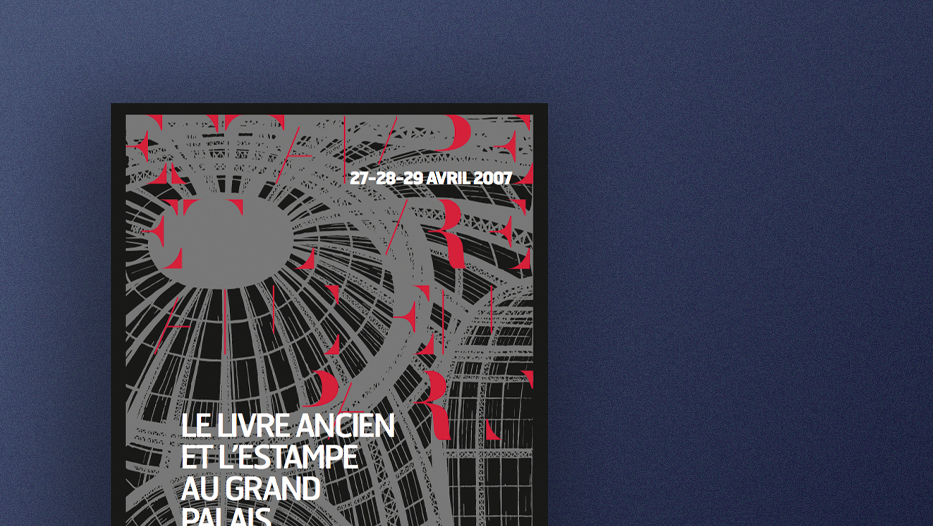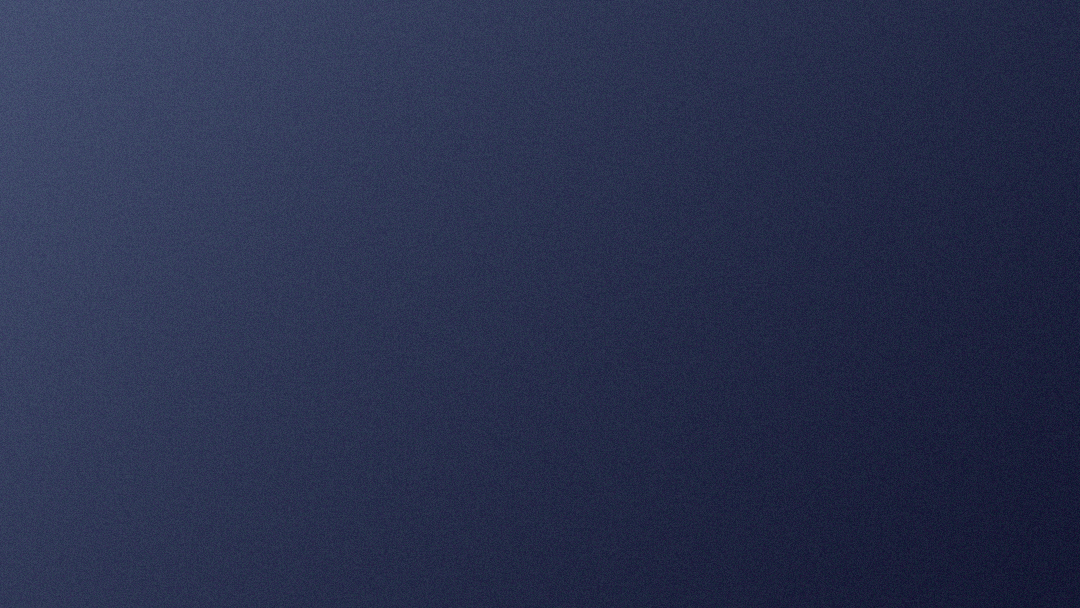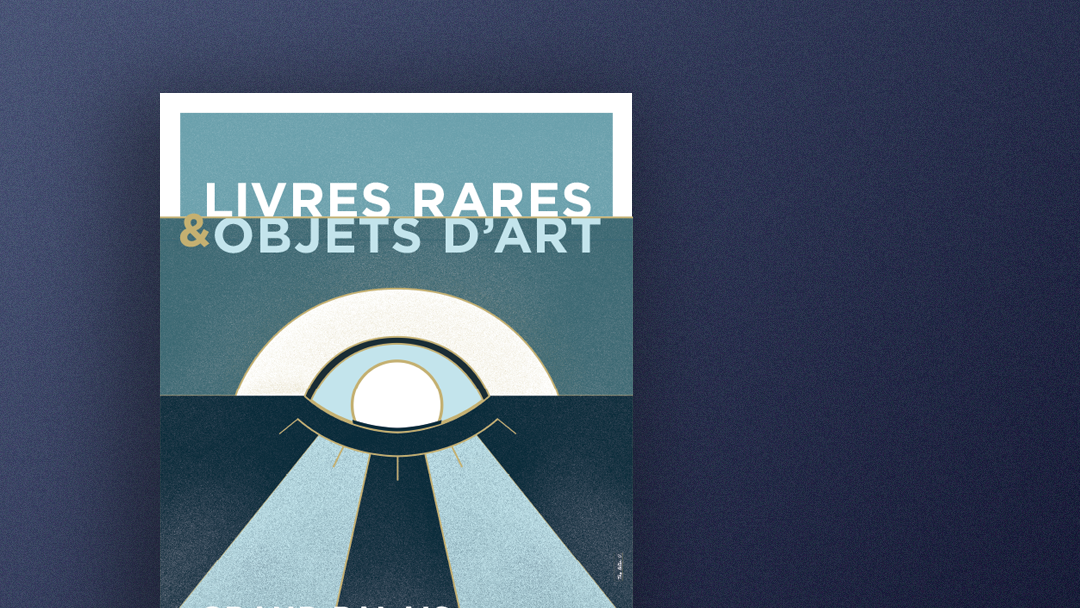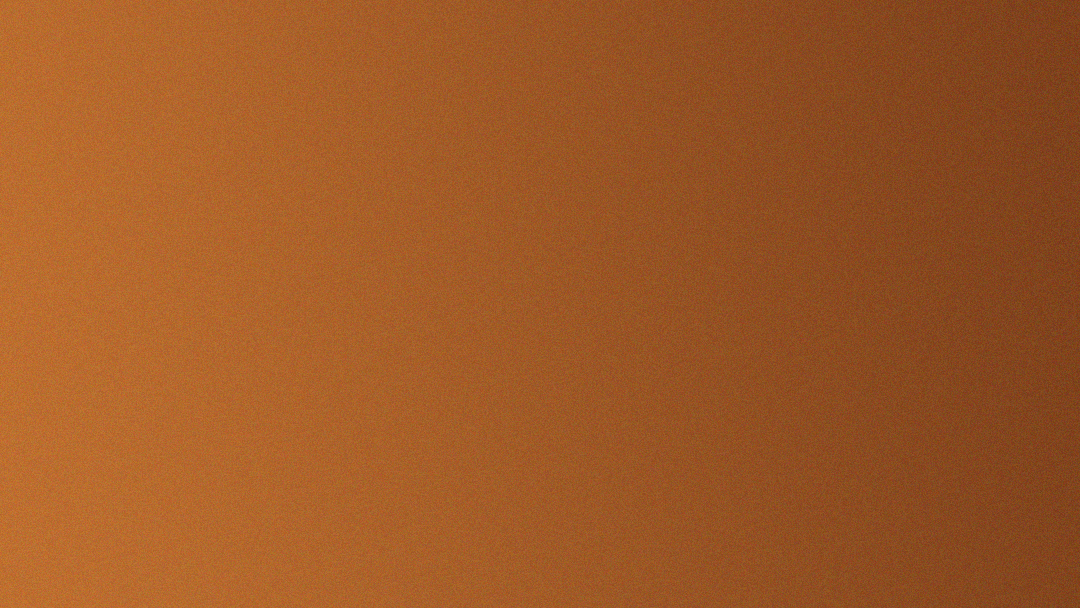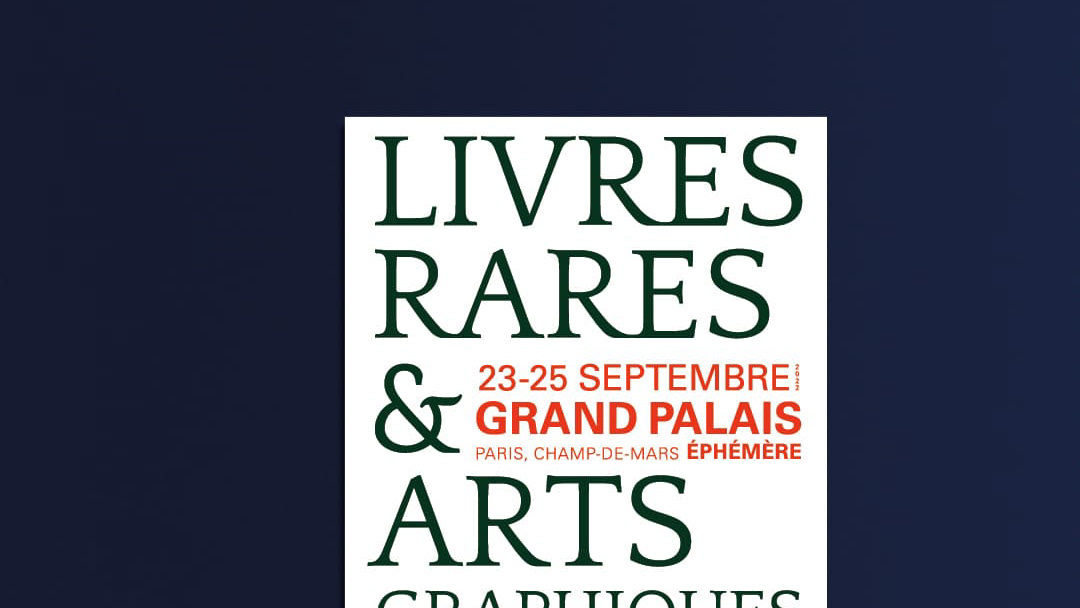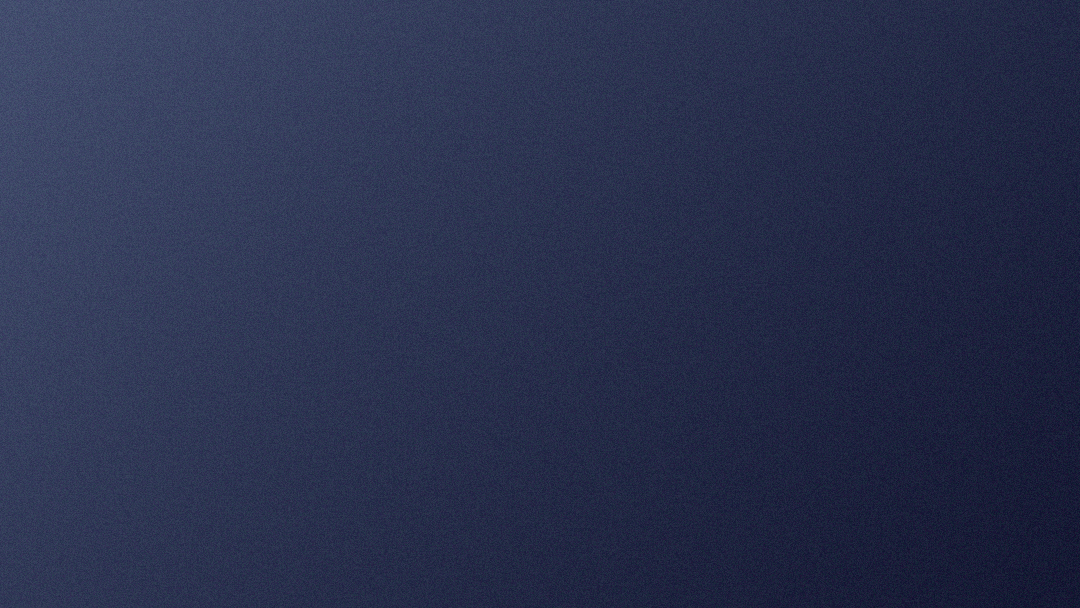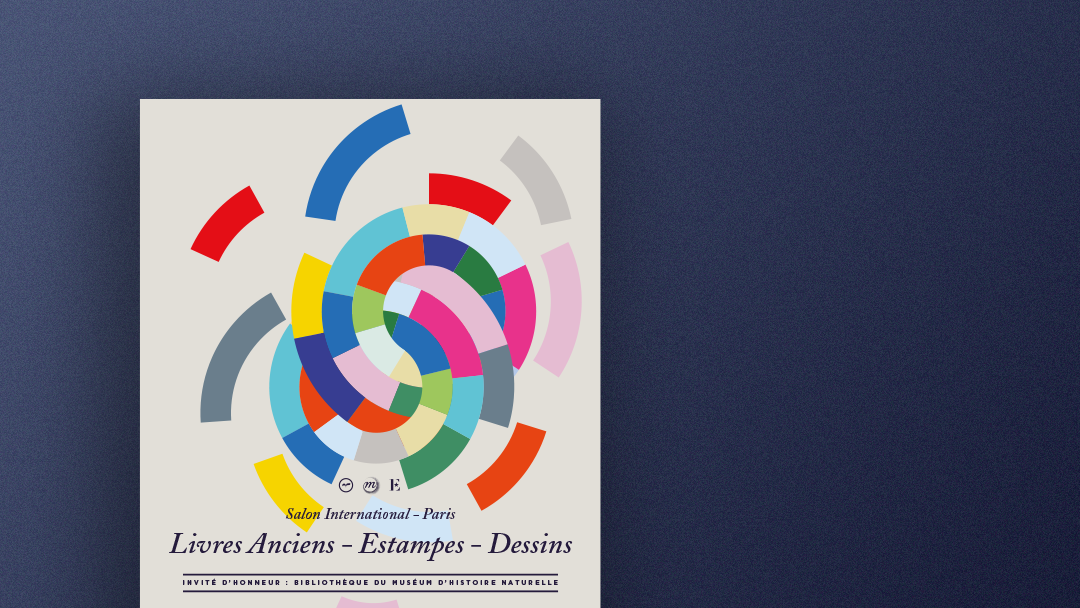EXPOSITION DE LA BIBLIOTHÈQUE LITTÉRAIRE JACQUES DOUCET
8-10 place du Panthéon, Paris 5e
The Bibliothèque littéraire Jacques Doucet is a patrimonial research library created by the great fashion designer, collector and patron Jacques Doucet (1853-1929). Devoted to French literature from the era of symbolism to modern times, it is one of the richest literary libraries in the world concerning the second half of the 19th century and the whole of the twentieth century.
The collection built up by Jacques Doucet brings together the most prestigious names in French literature: Baudelaire, Verlaine, Rimbaud, Mallarmé, Apollinaire, Reverdy, Cendrars, Breton and most of the surrealists.
8-10 place du Panthéon, Paris 5e
The Bibliothèque littéraire Jacques Doucet is a patrimonial research library created by the great fashion designer, collector and patron Jacques Doucet (1853-1929). Devoted to French literature from the era of symbolism to modern times, it is one of the richest literary libraries in the world concerning the second half of the 19th century and the whole of the twentieth century.
The collection built up by Jacques Doucet brings together the most prestigious names in French literature: Baudelaire, Verlaine, Rimbaud, Mallarmé, Apollinaire, Reverdy, Cendrars, Breton and most of the surrealists.
Bequeathed to the University of Paris by virtue of a holograph testament dated 1 June 1929, it assumed the status of public library the day after a decree was signed on 19 November 1932 authorising the acceptance of bequests. In his will, Jacques Doucet had stated his desire that his literary library be reunited with the library of art and archaeology which he had already given to the University of Paris on 15 December 1917.
For want of space, it was "temporarily" transferred to Rue de Noisiel (Paris 16th district) where it had originally been located in a room of the Réserve de Sainte-Geneviève, refurbished in 1932. Placed under the direct authority of the "Recteur" (or Chief Education Officer) on its creation, the administration and financial management has, since 1972, fallen under the auspices of the Chancery of the Universities of Paris as part of the undivided estate of the former University of Paris.
The library remains in its temporary home to this day. The constant additions to the collections since their arrival at Sainte-Geneviève has led to their being relocated to different sites. Currently housed in four different places, the collections can be consulted in two locations:
The library remains in its temporary home to this day. The constant additions to the collections since their arrival at Sainte-Geneviève has led to their being relocated to different sites. Currently housed in four different places, the collections can be consulted in two locations:
- at 10 place du Panthéon, in a room in the Réserve de Sainte-Geneviève which houses the literary collection of Jacques Doucet and certain collections of writers: André Breton, René Char, Paul Eluard, André Gide, François Mauriac, Pierre Reverdy, Christophe Tzara.
- at 8 place du Panthéon, where the general collection is housed, complementing the collection of Jacques Doucet, together with the specific collections acquired since 1961, the year in which new stores were set up as well as a second reading room for the arrival of the Valéry collection, called the Valeryanum.
The collections stored in the Malraux room at the Sorbonne, like the Marcel Arland, Paul Bénichou, Bernard Vargaftig collections, the correspondence addressed to Bernard Noël and certain libraries of writers such as Cioran, Delay, etc. can be consulted indirectly.
For want of space, it is impossible to consult the collections temporarily housed at the CTLES (Higher Education Technical Centre for Books), with the exception of the catalogued monographs or periodicals which can be consulted on site or indirectly.
Since 2007, thanks to an agreement signed between the Chancery of the Universities and the University of Paris III – Sorbonne, the beneficiary of the buildings of the Bibliothèque Sainte-Geneviève, the premises located at 8 place du Panthéon have been allocated to the Bibliothèque littéraire Jacques Doucet.
For want of space, it is impossible to consult the collections temporarily housed at the CTLES (Higher Education Technical Centre for Books), with the exception of the catalogued monographs or periodicals which can be consulted on site or indirectly.
Since 2007, thanks to an agreement signed between the Chancery of the Universities and the University of Paris III – Sorbonne, the beneficiary of the buildings of the Bibliothèque Sainte-Geneviève, the premises located at 8 place du Panthéon have been allocated to the Bibliothèque littéraire Jacques Doucet.
The literary collection of Jacques Doucet
From 1916 to 1929, Jacques Doucet, the magician as his first adviser liked to call him André Suarès, built up a unique literary library founded on the direct relationship he maintained with the writers with whom he surrounded himself - personalities as diverse as André Suarès, Pierre Reverdy, Max Jacob, Guillaume Apollinaire, Blaise Cendrars, Raymond Radiguet, André Breton, Louis Aragon, Robert Desnos and many others. In addition to completed works and rare editions, Jacques Doucet, a genuine innovator, collected manuscripts, letters from the authors, corrected proofs - any element to help follow the creation and development of a literary work.
The man behind it all was André Suarès, who Jacques Doucet met through friends in common in February 1913 and with whom he began a regular and remunerated correspondence. On 2 July 1914, André Suarès suggested to him that he build up a "Montaigne-type library", an idea that the fashion designer took up two years later in May 1916, asking Suarès to suggest the names of authors whose works he might attempt to acquire to expand his library "in addition to the original quartet" (Claudel, Gide, Jammes, Suarès). On 15 June 1916, the writer sent him the list of authors whom he felt should be included in his library, "returning to the source so that the collection could maintain its full spiritual value": first and foremost the original editions of Stendhal and Baudelaire, the Mémoires d’outre-tombe by Chateaubriand and everything by Flaubert; the novels and tales of Barbey d’Aurevilly as well as his Memoranda,Brummel and Les Prophètes du passé; everything byGérard de Nerval, Verlaine, Mallarmé and Rimbaud. Then there were Villiers de l’Isle-Adam, Tristan Corbière, Huysmans, Jarry, Saint-Pol Roux, Jean de Tinan, Adrien Mithouard, Henri de Régnier, Paul Fort, Pierre Louÿs, Marcel Schwob, Jules Renard, Stuart Merrill, Vielé-Griffin, the Belgians Maeterlinck, Verhaeren, Rodenbach, Max Elskamp, J. de Bosschère, etc., all of whom were included in his library in the form of original editions and sometimes even their manuscripts.
Through his bookseller Camille Bloch, Jacques Doucet came into contact with the young writers of the "Esprit nouveau" as early as 1916. He paid them in exchange for a letter of reflection on the artistic and literary movements of the time, thus communicating with Pierre Reverdy, whose review Nord Sud he financed; Max Jacob, who offered him the manuscript of le Cornet à dés; Blaise Cendrarsla Prose du Transsibérien and the manuscript and corrected proofs of Pâques. From Guillaume Apollinaire, he acquired the manuscripts of le Bestiaire, the manuscript and corrected proofs of le Poète assassiné and a copy of Case d’Armons.
In December 1920, the patron met André Breton, a proofreader with his friend Jeanne Tachard, whom he recruited first as an artistic and literary correspondent then as librarian the following summer, joined in 1922 by Louis Aragon. They played a decisive role in determining the direction taken by the library. Their aim was not only to complete the collection amassed at the initiative of Suarès, but also to extend it to include everything that had contributed to the "formation of the poetic mentality of their generation", according particular importance to philosophical works, the Moralists - in short representing, as Aragon said, everything that Isidore Ducasse might have read. In October 1922, they drew up a list of authors for a poetic library largely open to their Dadaist and surrealist friends. They even added a list of manuscripts to be purchased together with the prices. And so, new additions to the collection included Le Guerrier appliqué by Jean Paulhan, Twenty-five poems by Tristan Tzara, Répétitions by Paul Eluard, Nouvelles Hébrides by Robert Desnos, les Voyageurs debout by Jacques Baron etc. Jacques Doucet financed the review "Littérature" and in return received the manuscripts and drafts. From Louis Aragon, he commissioned aProjet d’histoire de la littérature contemporaine. We owe the rich documentary collection on surrealism - consisting of tracts, catalogues and various reviews - to Robert Desnos, his last adviser from 1927 to 1929.
In 1925, Marie Dormoy, the former muse of André Suarès, succeeded André Breton in the role of librarian, a position she continued to fill after the death of Jacques Doucet on 30 October 1929.
Jacques Doucet was also an innovator with regard to the bindings which decorated his books. In 1917, he persuaded the designer Pierre Legrain, who was working in the workshop of Paul Iribe, to lend his talents to the works in his library. Abandoning the traditional decorative style, the patron asked him to produce modern bindings for modern books "drawing their inspiration from the powerful dawning of new industries which transform life and the arts."
In 1923, he entrusted his books and manuscripts to Rose Adler whose bindings he had noticed during an exhibition at the Pavillon de Marsan. The Bibliothèque littéraire Jacques Doucet contains approximately 370 bindings by Pierre Legrain and 160 by Rose Adler.
La Bibliothèque littéraire de Jacques Doucet
After it was transferred to the Réserve de la Bibliothèque Sainte-Geneviève, the library was entrusted to Marie Dormoy in whose hands it remained until 1956. With the help of the Société des Amis de la Bibliothèque, in particular Rose Adler, she organised several exhibitions thereby igniting the interest of personalities who might help maintain the spirit of the collection. It is to her efforts that we owe the arrival of the Gide and Léautaud collections. For a short time, the library was under the auspices of a university professor, Octave Nadal, from 1957 to 1961, before being entrusted to Georges Blin, professor at the Collège de France, between 1961 and 1988. François Chapon, who arrived after the departure of Marie Dormoy in December 1956 and who was Director from 1988 to 1994, gave the library an exceptional scope resulting in donations of unrivalled generosity: the collections of Mallarmé, Reverdy, Breton, Tzara, Leiris, Desnos, Eluard, Péret, Ribemont-Dessaignes, Gilbert Lely, Nicolas de Staël, Valéry, Suarès, André Rouveyre, Mauriac, Malraux, Louise de Vilmorin, Adrienne Monnier, Natalie C. Barney, Jean Schlumberger, Charles du Bos, Marcel Arland, Rose Adler, Henri Calet, René Clair, Derain, Marie Laurencin, Florence Gould, Frénaud, Marie Noël, Supervielle, Ponge, Henri Hoppenot, Jouhandeau, Edmond Jaloux, Saint-Pol-Roux, Louis Pergaud, Rachilde. It is also to Chapon that we owe the extension of the premises at 8 place du Panthéon, where he recreated the offices of Henri Mondor, Michel Leiris, Natalie C. Barney and Paul Valéry with their furniture and items of their personal decor.
From 1994 to 2006, under the direction of Yves Peyré, further collections were added, including Robert André, Paul Bénichou, Emil Cioran, Jean Delay, Jacques Dupin, Michel Fardoulis-Lagrange, Ghérasim Luca, Louis-Paul Guigues, Pierre Lartigue, Jean-François Lyotard, Bernard Noël, Daniel Oster, Pierre Oster, Robert Pinget, Claude Roy, Claude Simon, Salah Stetié, Jean Tortel and Bernard Vargaftig. In 2003, the André Breton collection enjoyed a major expansion with the sale of the collections of 42 rue Fontaine, thanks to the financial aid of the Ministry of Culture and the very generous donations of Aube Elléouët-Breton. Also in 2003, due to a crippling lack of space, part of the collections was transferred to the Centre Technique du Livre de l’Enseignement Supérieur in Marne-la-Vallée (approximately 400 boxes).
Since 2007, several major archive collections have been added to the existing manuscripts and collections: the Roger Munier collection, the Francis Ponge collection, the André du Bouchet collection, the Pierre Lartigue collection and numerous manuscripts by André Malraux (La Métamorphose des dieux, Lazare and an original manuscript of Le Maquis).
The acquisition policy was refocused on the purchase of exceptional works and in particular correspondences - very dear to Jacques Doucet - such as the letters from André Breton to Julien Gracq and to René Alleau which were added to the collection of their letters to André Bretonacquired in 1970 as a bequest from the author.
Renowned in the worlds of research, libraries, museums and publishing, the Bibliothèque littéraire Jacques Doucet seized the opportunity offer by the Syndicat de la Librairie ancienne et moderne to open its doors to the vast number of visitors to the Grand Palais, both amateurs and collectors alike. The various items presented on this occasion (manuscripts, correspondences, printed books, bindings or furnishings) were chosen to satisfy two criteria: rarity and their link with the commemorative events of 2011: the fiftieth anniversary of the deaths of Louis-Ferdinand Céline and Blaise Cendrars, the hundredth anniversary of the birth of Emil Cioran and the hundred and fiftieth anniversary of the birth of Saint-Pol-Roux, all of whom are well represented in the library's collections.
Renowned in the worlds of research, libraries, museums and publishing, the Bibliothèque littéraire Jacques Doucet seized the opportunity offer by the Syndicat de la Librairie ancienne et moderne to open its doors to the vast number of visitors to the Grand Palais, both amateurs and collectors alike. The various items presented on this occasion (manuscripts, correspondences, printed books, bindings or furnishings) were chosen to satisfy two criteria: rarity and their link with the commemorative events of 2011: the fiftieth anniversary of the deaths of Louis-Ferdinand Céline and Blaise Cendrars, the hundredth anniversary of the birth of Emil Cioran and the hundred and fiftieth anniversary of the birth of Saint-Pol-Roux, all of whom are well represented in the library's collections.
Key figures in April 2010 (per types of document)
Manuscripts: 168,521
Printed books: approx. 42,691
Periodicals: approx. 800 titles
Specialist bindings: approx. 3,000
Works of art: 5,250 including photographs
Furniture: 177 items including 32 items belonging to writers
Printed books: approx. 42,691
Periodicals: approx. 800 titles
Specialist bindings: approx. 3,000
Works of art: 5,250 including photographs
Furniture: 177 items including 32 items belonging to writers
Bibliothèque littéraire Jacques Doucet | 8, place du Panthéon 75005 - Paris | 01 44 41 97 90 | doucet@bljd.sorbonne.fr
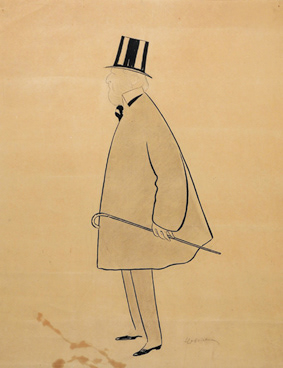
Ink drawing by Cappiello
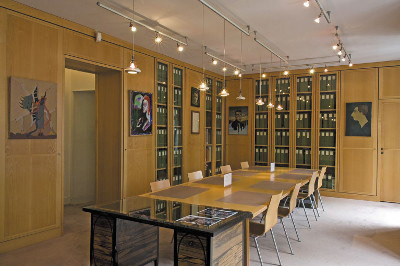

Letter from Mallarmé to Mery Laurent, 1892
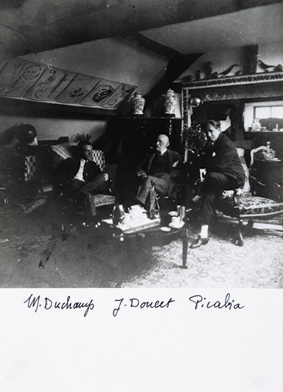
Doucet - Picabia - Duchamp
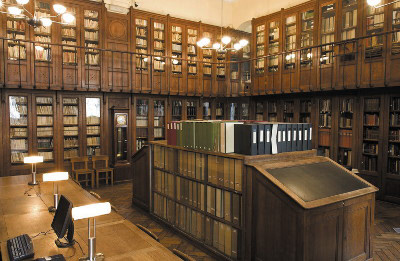
EXHIBITION: POLITICALLY CORRECT?
For more than five centuries, the book has been the historical vehicle of the great schools of thought, at once the guardian of the temples and a companion of all avant-gardes. The theme "Politically correct?" was chosen for the 2011 edition to reiterate this truth. This multifaceted idea allows an infinite number of social, political and philosophical themes to be explored: God and/or morality, authority and justice, sex and race equality, etc. And the question mark is important as the conformism of yesterday is nothing like that of today.
For the first time, an exhibition is organised on the theme of the year. Created using items loaned by the traders participating in the fair, the aim is to provide an insight, in a historical setting, into certain convictions of centuries past and how numerous moral criteria have been turned on their heads. Giving food for thought - this is the price of the triumph of thought over right-mindedness.
For the first time, an exhibition is organised on the theme of the year. Created using items loaned by the traders participating in the fair, the aim is to provide an insight, in a historical setting, into certain convictions of centuries past and how numerous moral criteria have been turned on their heads. Giving food for thought - this is the price of the triumph of thought over right-mindedness.
Librairie Anne Lamort - Locré
VIDEO
GALLERY

Chez les libraires associés -
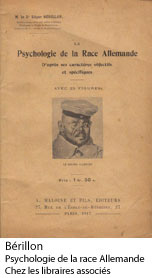
Chez les libraires associés -
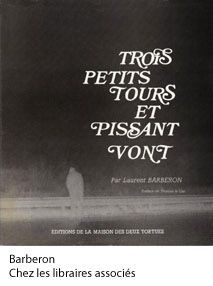
Chez les libraires associés -
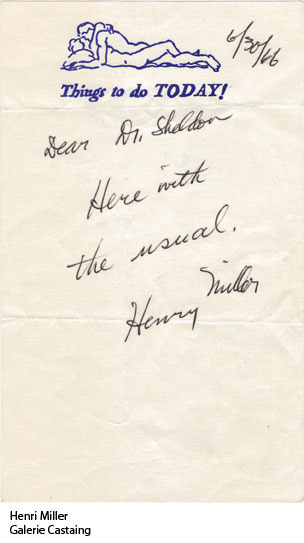
Galerie Frédéric CASTAING -

Galerie Frédéric CASTAING -
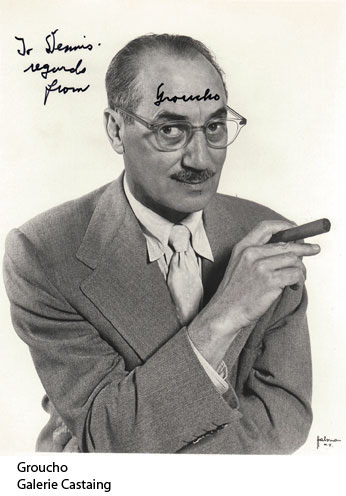
Galerie Frédéric CASTAING -
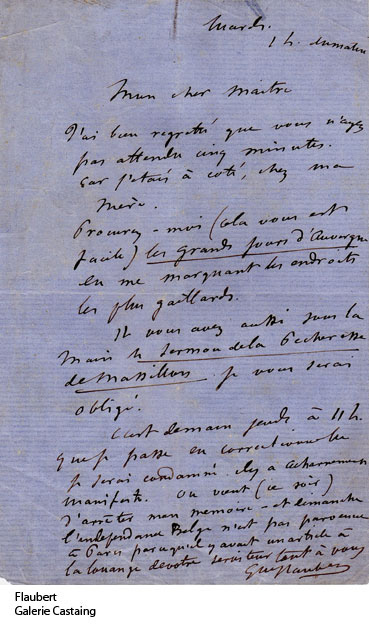
Galerie Frédéric CASTAING -
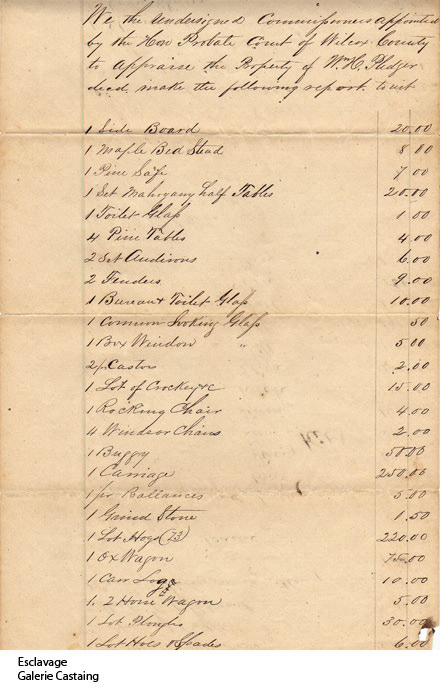
Galerie Frédéric CASTAING -
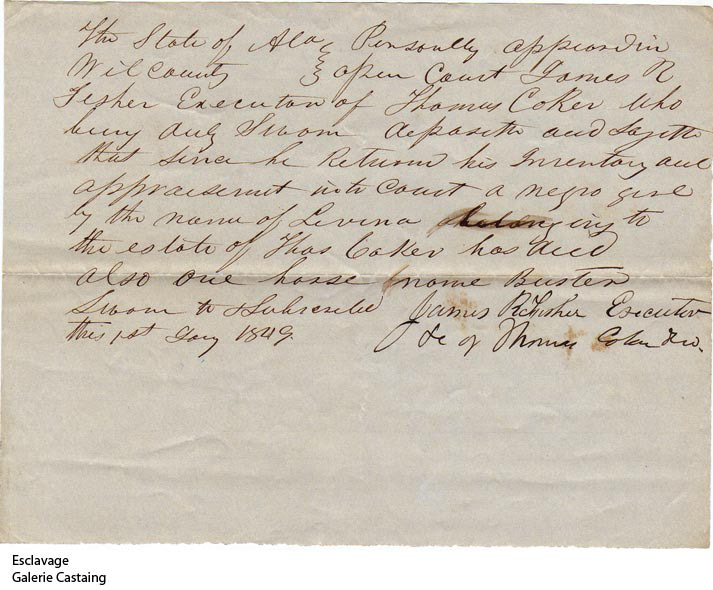
Galerie Frédéric CASTAING -
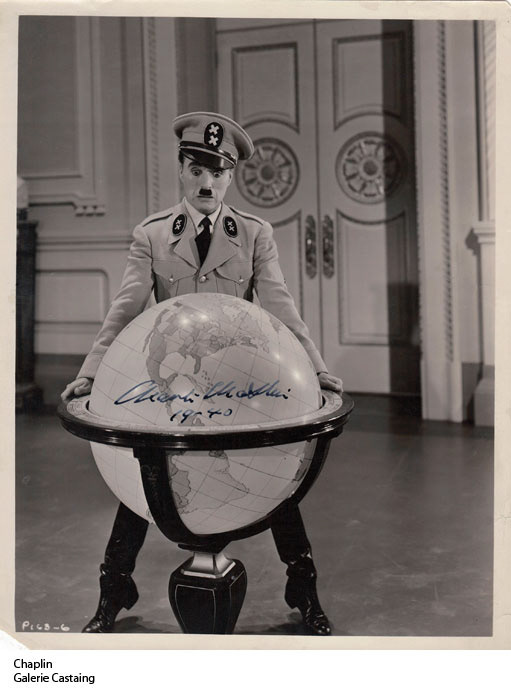
Galerie Frédéric CASTAING -

Galerie Frédéric CASTAING -

